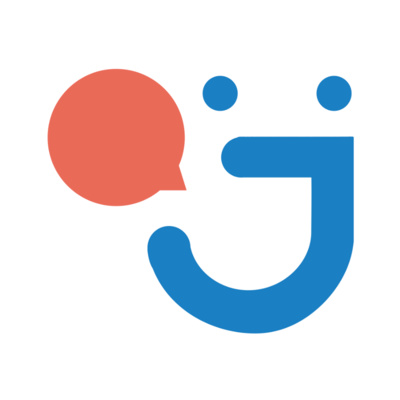Task-Based Learning: Revolutionizing Language Teaching
As part of their ongoing evolution in language teaching methods, educators must adapt to changing trends and strategies. One such approach that has gained significant attention is Task-Based Learning (TBL). This method has proven to be highly effective in engaging students while enhancing language proficiency.

What is Task-Based Learning (TBL)?
Task-Based Learning, commonly referred to as TBL, is an innovative method within language teaching methods that emphasizes using target languages in real-world contexts, rather than focusing solely on memorizing grammar rules and drills. TBL empowers students by encouraging them to use the language they're learning effectively in practical situations that mirror real-life scenarios.
TBL goes beyond traditional language teaching by promoting the idea that language acquisition should be more than just memorizing vocabulary and rules. It emphasizes the use of language as a tool for communication, problem-solving, and engagement with the world around us.
How Does Task-Based Learning Differ From Traditional Language Teaching Methods?
Traditional language teaching methods often focus on the mechanical aspects of language acquisition, such as grammar rules and vocabulary lists. While these components are important, they do not necessarily provide learners with the skills needed to apply their knowledge in real-world contexts.
TBL, however, places a greater emphasis on functional language usage. It enables students to apply what they have learned in meaningful ways, making the learning experience more engaging and relevant. Instead of simply completing grammar exercises or memorizing vocabulary, TBL encourages students to engage in collaborative tasks, improving fluency and comprehension for both experienced and novice learners of the target language.
What Steps Make up the Task-Based Method?
The TBL method involves several key steps that guide students through the learning process.
Pre-task
In this stage, teachers introduce the task and motivate students to complete it. This phase sets the context for the task and provides students with the necessary tools and information to succeed.
Task
During this phase, students collaborate in pairs or groups to work on tasks using the target language. This step encourages authentic language use, promotes problem-solving, and stimulates creativity. It focuses on collaboration, practical language usage, and enhancing students' communicative abilities.
Review or Post-task
After the task is completed, students reflect on their performance and receive feedback. This stage allows for the analysis of strengths and weaknesses, as well as opportunities for future improvement. Feedback encourages learners to refine their skills and enhance their language proficiency.
What Is the Difference Between Task-Based Learning and Activity-Based Learning?
In TBL, a task refers to the overall assignment or project that students aim to complete. On the other hand, an activity refers to individual steps taken toward achieving the overall task. For example, if the task is to create a presentation on a particular topic, activities might include researching the topic, writing a script, designing slides, and practicing the presentation. Each activity is a part of the larger task, serving as a step toward its completion.
How Can Teachers Implement Task-Based Learning in Their Classrooms?
Implementing TBL in the classroom requires thoughtful planning and execution. Here are a few steps to assist educators in incorporating this language teaching method:
Establish Relevant Tasks
Tasks should be meaningful and relevant to students’ needs and interests. They should require the use of the target language in practical, real-world situations. For example, if you are teaching English to business students, a task could involve negotiating business deals or drafting proposals in the target language.
Present the Task Clearly
Make sure to clearly explain the task and its requirements to students. It's important that they understand the goals of the task and what is expected of them at the end of the activity.
Allow Students Adequate Time
Give students sufficient time to complete their tasks in pairs or groups. This encourages collaboration, peer learning, and deeper engagement with the language.
Review and Feedback
Once the tasks are completed, hold a review session. During this session, students reflect on their work, discuss challenges, and receive feedback from both their peers and the instructor. This review process helps students identify areas for growth and improve their language skills.
Remember, TBL is not just about teaching language—it’s about equipping students with the tools to use it effectively in real-world contexts. Therefore, it’s essential to balance traditional exercises with task-based activities that foster practical language use.
Accepting new language teaching methods, such as TBL, may present challenges, but the rewards are significant. For teachers new to TBL, it’s important to view it as an ongoing task: set a goal, try it in your next lesson, and reflect afterward. With patience and practice, you’ll soon master this approach, witnessing its positive impact on language proficiency in your classroom.
-
10 Essential Qualities of a Good Teacher
Article about the top 10 qualities that make a great teacher. Understand how communication, patience... -
How to Get an Accredited TEFL Certificate for Free?
Teaching certification is essential for teaching abroad and online teaching. Here is the complete gu... -
Transferable Skills from Teaching to TEFL
Master TEFL job applications with our guide on identifying and utilizing transferable skills, enrich...








